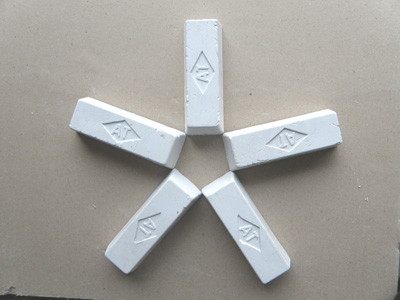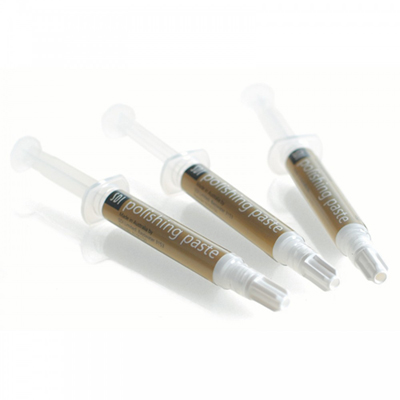
Polishing is the process of creating a smooth and shiny surface by rubbing it or using a chemical action, leaving a surface with a significant specular reflection.
What is Polishing?
Polishing is the process of creating a smooth and shiny surface by rubbing it or using a chemical action, leaving a surface with a significant specular reflection. When an unpolished surface is magnified thousands of times, it usually looks like mountains and valleys. By repeated abrasion, those "mountains" are worn down until they are flat or just small "hills." The process of polishing with abrasives starts with coarse ones and graduates to fine ones.
Difference between Polishing & Buffing
Polishing and buffing are finishing processes for smoothing a workpiece's surface using an abrasive and a work wheel or a leather strop. Technically polishing refers to processes that use an abrasive that is glued to the work wheel, while buffing uses a loose abrasive applied to the work wheel. Polishing is a more aggressive process while buffing is less harsh, which leads to a smoother, brighter finish.
Purpose of Polishing
Polishing is often used to enhance the looks of an item, prevent contamination of instruments, remove oxidation, create a reflective surface, or prevent corrosion in pipes. Silicon-based polishing pads or a diamond solution can be used in the polishing process. Polishing stainless steel can also increase the sanitary benefits of stainless steel.
The removal of oxidization from metal objects is accomplished using a metal polish or tarnish remover; this is also called polishing. To prevent further unwanted oxidization, polished metal surfaces may be coated with wax, oil, or lacquer. This is of particular concern for copper alloy products such as brass and bronze.
Polishing may be used to enhance and restore the looks of certain metal parts or object on cars and other vehicles, handrails, cookware, kitchenware, and architectural metal. In other applications such as pharmaceutical, dairy, and specialty plumbing, pipes are buffed to help prevent corrosion and to eliminate locations where bacteria or mold may reside. Buffing is also used to manufacture light reflectors.
Difference between Polishing Wax & Polishing Paste


Green polishing wax is generally suitable for precision polishing. It is widely used in all types of precision polishing of stainless steel, copper, aluminum, precious metal, and precision instrument. Green polishing wax can achieve deep mirror luster degrees on workpiece’ s surface. While it is noticeable that while using green polishing paste, the workpiece are suggested to be polished by white polishing wax to make the surface possess certain roughness, and then used with polishing wheels to achieve favorable polishing effect.
As a type of polishing compounds, polishing paste is different from polishing wax in terms of production. It is made by diamond, white aluminum oxide, silicon carbide, and corresponding mixtures. Polishing paste is widely used in polishing and lapping of stainless steel, cemented carbide, glass, ceramics, and other hard materials and workpieces. It is more flexible.